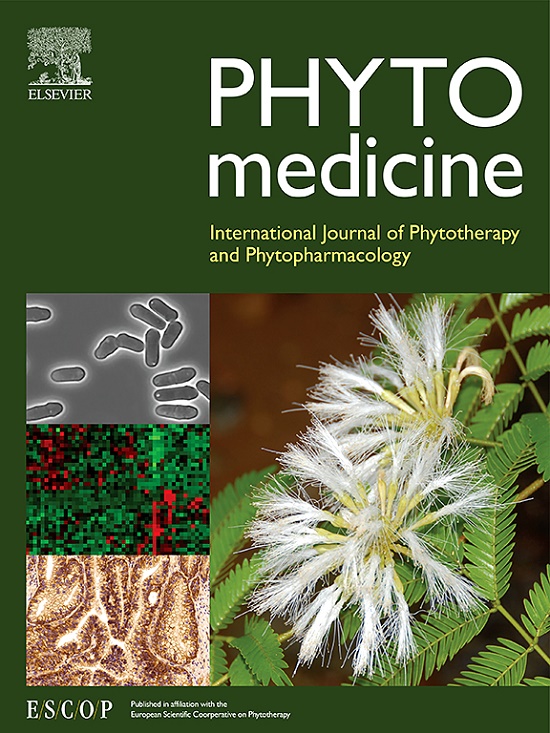Polyphenol extract ameliorates diabetes-related atherosclerosis through HIF-1 signaling pathway in APOE−/− mice: Possible synergism with atorvastatin
IF 6.7
1区 医学
Q1 CHEMISTRY, MEDICINAL
引用次数: 0
Abstract
Background
Diabetes mellitus promotes atherosclerosis (AS), a major cause of cardiovascular disease. Statins, clinical drugs for AS treatment, may increase the risk of diabetes and induce hepatotoxicity. Polyphenols can alleviate AS by exerting anti-inflammatory and antioxidant effects, and play a role in liver protection. However, the effects of polyphenol extract (PE) on diabetic AS and whether PE can assist atorvastatin in managing diabetic AS with additional benefits remain poorly understood.
Purpose
This study aims to investigate the synergistic effects of a type of PE with atorvastatin on diabetic AS, as well as explore the anti-atherogenic mechanisms of PE.
Methods
Polyphenol constituents in PE were identified using UPLC-MS/MS. Streptozocin -induced diabetic ApoE−/− mice were orally administered 350 and 700 mg/kg of PE, 10 mg/kg of atorvastatin, or 5 mg/kg of atorvastatin+700 mg/kg of PE for 10 weeks. Atherosclerotic lesions and plaque stability were evaluated using Oil Red O staining, Sirius red staining, and immunofluorescence. Inflammation and oxidative stress were determined using the corresponding markers. Hepatic pathological changes were assessed using hematoxylin and eosin staining. Network pharmacology prediction, molecular docking, microscale thermophoresis (MST) and western blotting were used to explore the anti-atherosclerotic mechanisms of PE.
Results
The polyphenolic constituents of PE mainly consist of flavonoids and phenolic acids. PE treatment effectively mitigated atherosclerotic lesions in diabetic mice, particularly at high dose. Co-treatment with a half-dose of atorvastatin and PE did not restrain the anti-atherosclerotic effects of atorvastatin treatment, whereas the combination better relieved hyperglycemia, inflammation, oxidative stress, and liver damage in diabetic AS compared to that with atorvastatin alone. In addition, network pharmacology, molecular docking, MST and western blotting results indicated that PE ameliorated diabetic AS, possibly by targeting the AKT/mTOR/HIF-1 signaling pathway.
Conclusion
The PE demonstrated efficacy against diabetic AS and cooperated with atorvastatin for some additional benefits, especially in liver protection, indicating that PE has the potential to be developed as a supplement for the management of diabetes-related AS.

求助全文
约1分钟内获得全文
求助全文
来源期刊

Phytomedicine
医学-药学
CiteScore
10.30
自引率
5.10%
发文量
670
审稿时长
91 days
期刊介绍:
Phytomedicine is a therapy-oriented journal that publishes innovative studies on the efficacy, safety, quality, and mechanisms of action of specified plant extracts, phytopharmaceuticals, and their isolated constituents. This includes clinical, pharmacological, pharmacokinetic, and toxicological studies of herbal medicinal products, preparations, and purified compounds with defined and consistent quality, ensuring reproducible pharmacological activity. Founded in 1994, Phytomedicine aims to focus and stimulate research in this field and establish internationally accepted scientific standards for pharmacological studies, proof of clinical efficacy, and safety of phytomedicines.
 求助内容:
求助内容: 应助结果提醒方式:
应助结果提醒方式:


